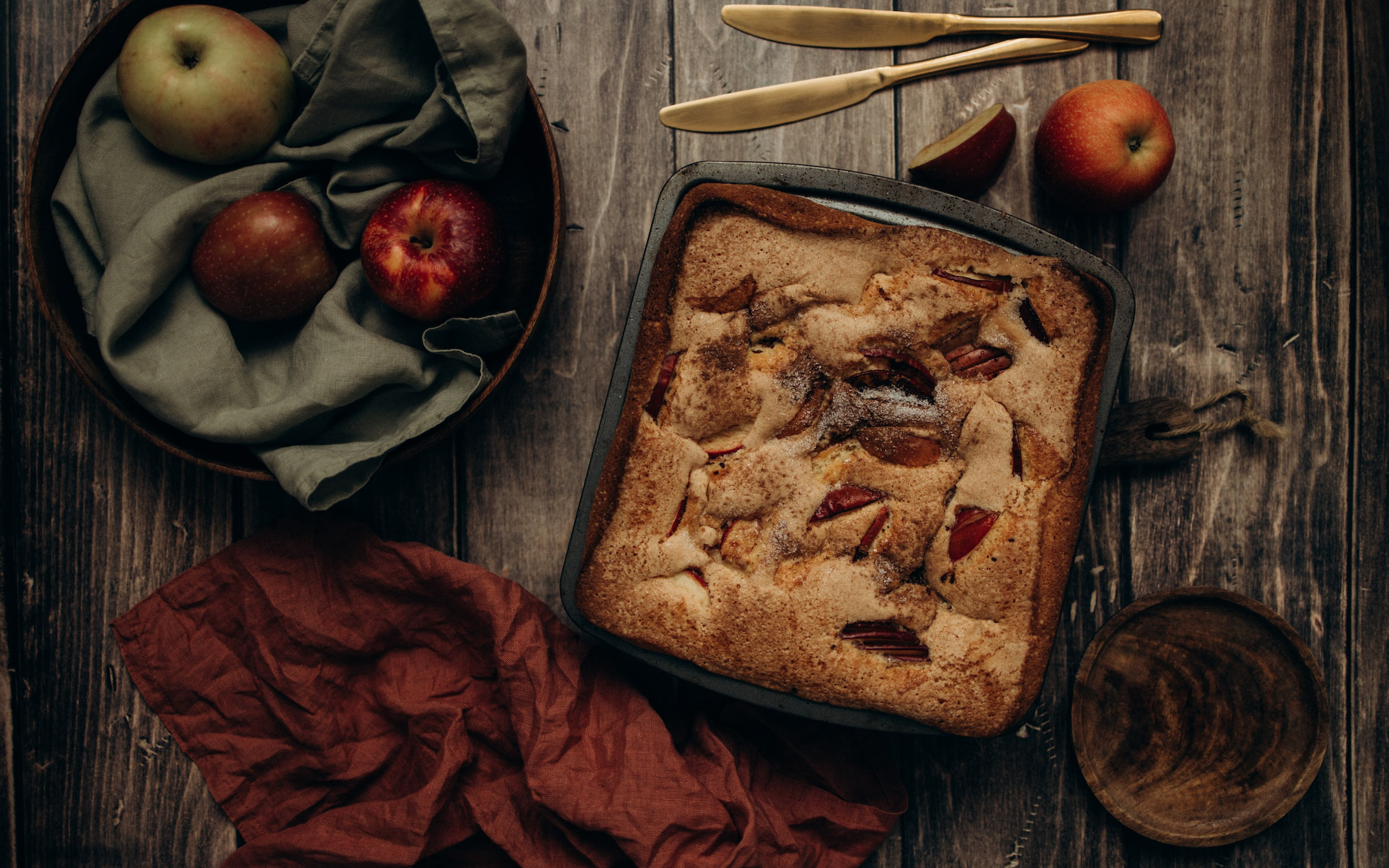Carbohydrates tend to increase blood glucose and insulin levels, which can lead to fat storage. This is why many people follow low-carb diets for weight loss. However, there are several factors that influence how much carbohydrates impact blood sugar, known as the glycemic response.
The total amount of carbs is one factor, but the glycemic response also depends on the net carbs, food order, and what other foods are eaten with the carbs. Adding things like vinegar, lemon juice, and fermented foods to carbs can significantly reduce the glycemic response.
Total Amount of Carbohydrates
The total amount of carbohydrate intake influences blood sugar and insulin levels. The average North American consumes about 200-300 grams of carbs per day. In comparison:
- Low-carb diets range from 50-130 grams per day
- Ketogenic diets restrict carbs to less than 20 grams per day
Consuming fewer total carbohydrates reduces the glycemic impact. But the total is not the only important factor.
Net Carbohydrates
Net carbs refer to the total carbohydrates minus the fiber content. Fiber is not absorbed and metabolized, so it does not impact blood sugar. For example:
- Food with 100g total carbs and 50g fiber has 50g net carbs
- The fiber passes through the digestive system unabsorbed
- So the body only “sees” the 50g net carbs
Focusing on net carbs rather than just total carbs gives a more accurate picture of the glycemic impact.
Food Order
Eating carbohydrates last rather than first makes a big difference in glycemic response. Consuming carbs at the end of a meal blunts the spike in blood glucose and insulin versus eating them at the start.
In one study, eating carbs first resulted in double the blood glucose response compared to eating them last. The order of nutrient intake matters.
Food Combinations
Eating carbs by themselves produces the highest glycemic response. But combining carbs with other foods can significantly reduce their impact on blood sugar. Here are some effective combinations:
Carbs with Vinegar
Studies show that adding vinegar to carb-rich foods like rice or bread substantially lowers their glycemic index. For example, sushi rice with vinegar scores 59 on the glycemic index scale compared to plain white rice at 100.
Vinegar inhibits digestion of starch. This results in slower absorption of glucose into the bloodstream after a meal containing carbs and vinegar versus carbs alone.
Carbs with Fermented Foods
In Japan, eating white rice with pickled vegetables lowers the glycemic index to about 75 compared to plain rice at 100. The lactic acid in fermented foods mimics the effect of vinegar.
Adding lemon juice to carbohydrate foods can reduce their glycemic index by 40-50%. Lemon juice blocks the enzyme amylase which is needed to break down starch into simple sugars. This slows digestion and glucose absorption.
Carbs with Whey Protein
Whey protein in dairy products like milk and yogurt may increase insulin response when consumed with carbs. This could mitigate blood sugar spikes. However, it may also stimulate more insulin release, so the effect is mixed.
In Japan, eating rice with soy foods like natto and miso blunts the blood glucose response. The soluble fiber and phytochemicals in soy are likely responsible for the favorable glycemic impact.
How Acids Improve Carb Digestion
Acids like vinegar, lemon juice, and lactic acid in fermented foods inhibit the enzyme salivary amylase which starts breaking down starch in the mouth and stomach. This slows down digestion of carbohydrates.
Without salivary amylase, more of the starch digestion depends on pancreatic amylase which acts later in the small intestine. The delayed digestion leads to slower and more gradual absorption of glucose, which benefits glycemic control.
Don’t Eat Naked Carbs
Eating high-carb foods without any other nutrients results in rapid digestion and sharp spikes in blood sugar and insulin. An example is white bread with jam. The simple carbs digest quickly and provide little lasting nutrition.
In comparison, pairing carbs with protein, fat, fiber, and/or an acid source slows digestion and improves the impact on blood glucose regulation. Vinegar, lemon juice, pickles, whey protein, and soy foods are smart additions to carb-based meals.
Takeaway Points: manage glucose levels and insulin response
- Total carb intake, net carbs, food order, and combinations affect glycemic response
- Adding vinegar, lactic acid, lemon juice, or whey protein to carbs lowers their glycemic impact
- Delaying carb intake until the end of a meal improves glycemic response
- Don’t eat high-glycemic “naked carbs” by themselves
- Pair carbs with fiber, protein, fat, or acidic foods to reduce blood sugar spikes
Following these strategies can help manage glucose levels and insulin response when including carbohydrates in your diet.
